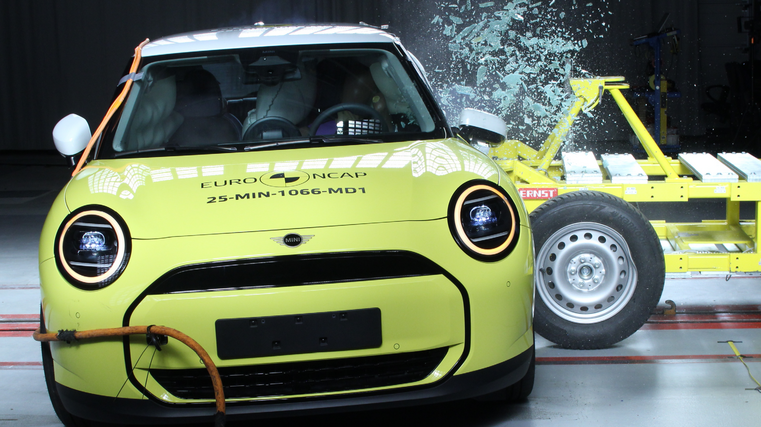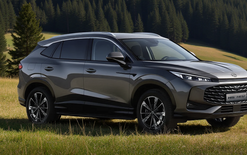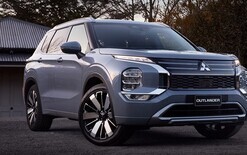Minis score big on safety

Mini’s Cooper E and Countryman have both achieved five-star ANCAP safety ratings after being put to the test by officials.
The battery-electric Cooper E performed well across each of the key assessment areas, resulting in a top rating for all its variants currently available in Australia and New Zealand.
ANCAP says in the frontal offset test, the structure of the car remained stable and provided adequate protection of the driver’s chest and lower legs.
Protection of the front passenger lower legs in this test was also adequate, with good protection for all other body regions of the driver and front passenger.
A mix of good and adequate results were seen in the full-width frontal test, with good results seen for all critical body regions in the oblique pole and side impact tests.
The Cooper E’s collision-avoidance functionality showed good all-round levels of performance in avoiding or minimising serious impacts with other vehicles, pedestrians, cyclists and motorcyclists through its lane support and autonomous emergency braking (AEB) systems.
An evaluation of the protection provided to child occupants seated in the second row, delivered a mix of good and adequate injury protection when seated in appropriate child restraints.
In ANCAP’s child restraint installation assessment, it was found that for some Isofix child restraints, the visual indicators were obscured due to limited access between the restraint and the side of the vehicle.
This meant the child seats were unable to be successfully installed and were not awarded points.
Carla Hoorweg, ANCAP’s chief executive officer, says: “The five-star rating achieved by the Mini Cooper E is a positive result.
“One word of caution for those considering using the Mini Cooper E to transport young children is the difficulty in being able to see the Isofix visual indicators on some child restraints.”
Good protection
All petrol and battery-electric variants of the new Countryman were assessed as providing good protection to the head and legs of the driver and the head and chest of the front seat passenger in the frontal offset test.
A slight increase in injury risk was observed for the chest of the driver, while adequate and marginal results were recorded for the legs of the front passenger where structures in the dashboard were found to be a potential source of upper and lower injury.
In the full-width frontal test, protection was marginal for the chest of the driver and rear adult female passenger, with good protection across other critical body areas.
Child occupant protection is assessed through frontal offset and side-impact tests, with the Countryman providing good levels of protection for the 10-year and six-year dummies in these tests.
“The Mini Countryman is fitted with lower Isofix anchorages on the rear outboard seats and top tether anchorages for all rear seating positions, and did not have the same visibility limitations as the smaller Mini Cooper E,” notes Hoorweg.
The small SUV also has an active bonnet where sensors are used to detect when a pedestrian is struck, and actuators will lift the bonnet to provide greater clearance from stiff components in the engine bay.
In tests to determine the vehicle’s protection of a struck pedestrian, the Countryman was tested with the bonnet in the raised position.
Good or adequate results were recorded over most of the windscreen and bonnet area with some weak and poor results recorded on the windscreen pillars, the base of the windscreen and front edge of the bonnet surface.





